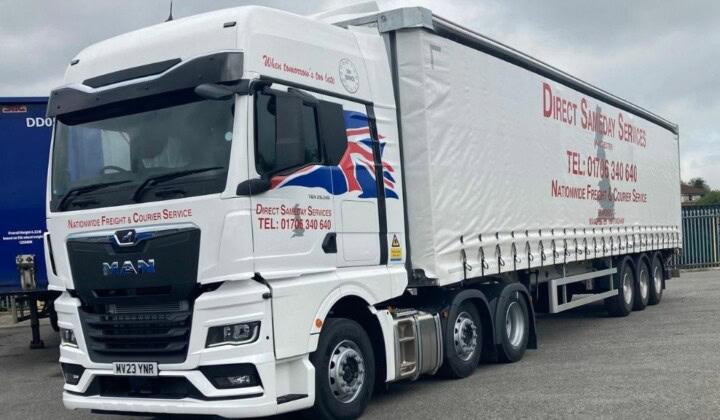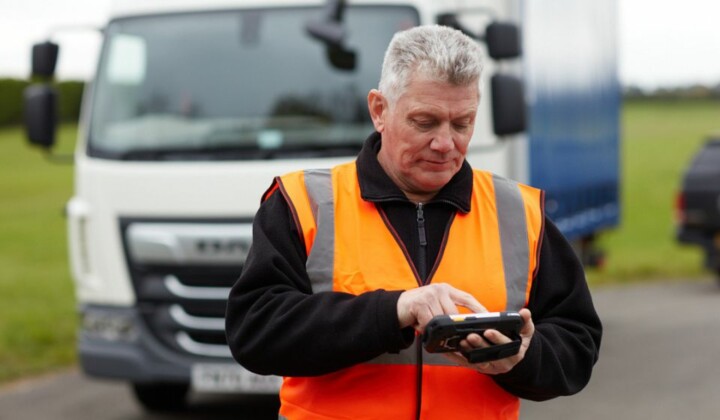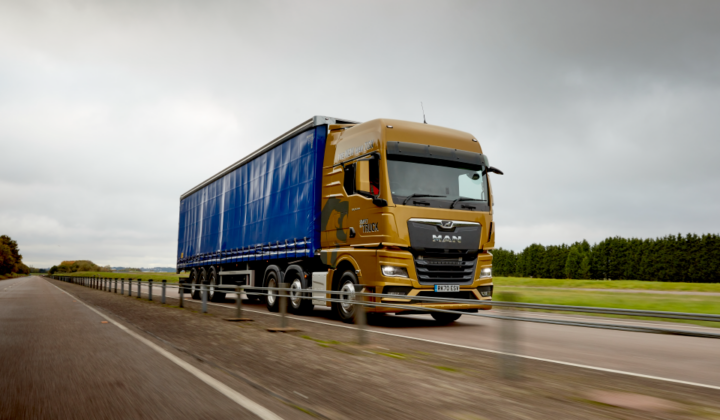This summer the government published its Road to Zero strategy document. In it, it has set out the ‘devil in the detail’ as it aims to put the UK at the forefront of the design and manufacture of zero emission vehicles, while reducing emissions from conventional vehicles.
In doing so it highlights that there is a lot for us, as a country, to celebrate. The UK has been one of the most successful countries in the developed world in growing our economy while cutting emissions. The report highlights that since 1990 greenhouse emissions have reduced by 41% and meanwhile our economy has grown by two thirds.
Building on this progress, Road to Zero aims to put the UK at the forefront of a global revolution in motoring helping to deliver cleaner air, a better environment and a strong clean economy.
The transport and logistics sector plays a critical role and so we thought it would be useful to extract some of the detail pertinent to haulage companies and transport operators.
Running throughout the report there is acknowledgement that zero emission Heavy Goods Vehicle (HGV) technology does not yet exist in a commercially viable form and the government is currently still looking to diesel as a ‘sensible current fuel choice’.
But how does the government expect to reduce emissions from HGVs?
Reducing Emissions from Heavy Goods Vehicles
In the opening “Policies at a Glance” section of Road to Zero, the government outlines which policies are in place and how they are aligned to affect its long-term ambitions.
The following are specifically targeted at transport businesses:
- “Introducing a new voluntary industry-supported commitment to reduce HGV greenhouse gas emissions by 15% by 2025, from 2015 levels.”
- “Launching a joint research project with Highways England to identify and assess zero emission technologies suitable for HGV traffic on the UK road network”
- “Working with industry to develop an ultra-low emission standard for trucks.”
- “Undertaking further emissions testing of the latest natural gas HGVs to gather evidence that will inform decisions on future government policy and support for natural gas as a potential near-term, lower emission fuel for HGVs.”
Work is already well underway to assess alternative fuel options. For example, as a technology partner in the Low Emission Freight and Logistics trials, Microlise is capturing vehicle data and creating big data lakes for electric engine, gas-powered and dual fuel trucks, some of which are dual fuel.
The aim of the LEFT government initiative is to demonstrate new technologies and to encourage the widespread introduction of low and zero emission commercial vehicles in UK fleets. While progress is being made it is safe to say widespread adoption of alternatives is still a little way off. So what else can be done to hit the ambitious 15% target by 2025?
Technology’s Role in Fuel-efficient Motoring
For obvious reasons, at Microlise we were pleased to note the recognition the report gives to technology, and in particular how telematics can embed long-term improvements in driver behaviour, leading to more fuel efficient fleets.
In the below extract, the Road to Zero report highlight how technology can play a critical role in reducing emissions.
“Alongside physical improvements to the vehicle fleet, significant emissions reductions can be delivered relatively easily today by changing how vehicles are driven. Driving with good anticipation and smooth acceleration and braking saves fuel and cuts emissions. Correctly inflated tyres, avoiding carrying unnecessary weight and removing carriers and racks when not needed increases these benefits. The emphasis on greater anticipation brings safety benefits, and the resultant reduced tyre and brake wear delivers further cost savings and reduced pollution. Evidence from 60,000 fleet drivers receiving training through the Energy Saving Trust (EST), a key partner supporting the efficient motoring agenda, gave an average 15% saving of fuel and CO2 . For electric vehicles range increased by 20%. Organisations that have incorporated a wider package of behavioural and procedural measures in managing their fleets have delivered typical emission savings of between 10-30%.”
Later on the report states that training is important, but to avoid a significant drop off after the first year, it must be backed up by technology. It sites examples which illustrate that after a year, savings from a single efficient driving lesson fall from 15% to around 2% to 6%. “Technology looks to be the best means for delivering substantial reductions in the long-term,” the report states.
A New Advice Portal for Operators
The government admits that the target of reducing greenhouse gas emissions by 15% by 2025 is challenging, and it says it will support the industry in fulfilling this commitment.
Funding has been allocated to the Energy Saving Trust to develop a freight portal with advice for HGV operators, particularly smaller hauliers, on improving fuel and operational efficiency. The aim will be to provide a valuable source of advice in considering the measures they need to adopt to meet the target.
Investigations will also be made on the practical obstacles preventing many hauliers from adopting measures to reduce emissions and how these barriers can be overcome.
Cutting Congestion
An ever popular topic, Road to Zero acknowledges that a reduction in congestion for HGVs is a crucial way for reducing their emissions. It will of course be great to see progress here.
“We, and Highways England, will continue to work with the HGV sector to understand and respond to the freight industry’s needs with respect to reducing congestion and ensuring freight can travel efficiently. The second Road Investment Strategy will guarantee funding for further Strategic Road Network improvements and will consider options to reduce congestion. The Government has also recently consulted on creating a Major Road Network (MRN) to improve the middle tier of our busiest and most economically important local authority ‘A’ roads, including by reducing congestion.”
Longer Trailers
The government is continuing to assess the future role of longer semi-trailers that began trialling in January 2012. This is already estimated to have reduced carbon emissions through approximately 150,000 journeys saved, though Road to Zero doesn’t state whether this is likely to be rolled out generally.
A New Ultra Low Emissions Truck Standard
The report also says that the “DfT will work over the course of this year with industry to develop an Ultra-Low Emission Truck (ULET) standard to provide clarity on expected emission standards and therefore promote increased research, development and testing of suitable technologies.”
HGV Levy Incentives
Road to Zero says that the government has already announced changes to the HGV levy aimed at improving air quality. Lorries that pay the levy and meet the latest Euro VI emissions standards will be eligible for a 10% reduction. The levy will increase by 20% for those that do not meet this standard.
Summary
There’s a lot being done and the government is seeking to support transport operators in a number of ways. That said, it is also setting the gauntlet pretty high.
One thing’s for sure – it looks like the operating landscape is likely to become much harder for transport businesses not willing to adapt and adopt new technology and change over the coming years.
Government policy is shifting – and while the status quo may just about work for the time being– there is a real feel that Road to Zero is locked on course to ensure the transport industry is using the cleanest technology available – at pretty much all costs.





